Mysteries Abound
Intriguing incidents seem to occur at the most unexpected times. Recent events certainly fit that pattern.
On a recent Shabbos / Sabbath (Saturday, 9-18-21)at approximately 10:45am, our minyan (prayer group) was approaching the end of services. Instead of being inside the synagogue building at W. 246th St and Independence Avenue, we were in the parking lot under a huge tent erected to give peace of mind to congregants in this time of Delta. There are dense stands of trees on two sides flanking the tent.
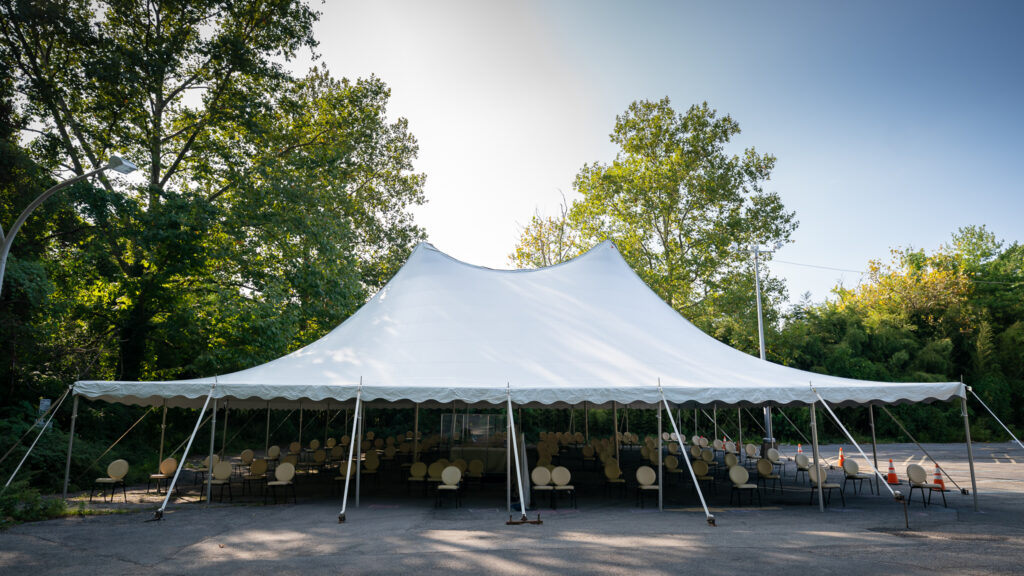
Suddenly, there was a loud, bright birdcall that sounded to be a short single tone. Since the trees in question were near the seating section for the men, several looked over to see if they could spot the bird. Unfortunately, In answer to my query no one had been able to get a clear view of the bird nor venture an identification.
Seeking Clues
One man, however, was able to provide two additional clues: bird size and plumage color. While he could not be definitive, he felt that the bird was larger than a sparrow and had some yellow in its feathers. That night I sat down at my computer for what I was hoping would be an easy effort to identify the bird.
In all there were three clues to consider: bird call, color and size. The only clear clue, however, was the bird call and aural memory can be tricky. I went to various sources, particularly All About Birds and started looking and listening. I should point out that plumage color is not the most definitive clue since shades of color and their intensity may vary considerably as well as the location of those colored feathers.
For example see below:
Although the three bird species below all have some yellow feathers, the amount and location are very different and distinctive.
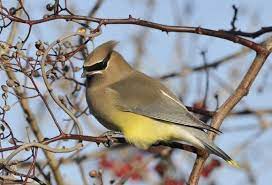
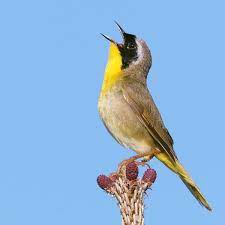
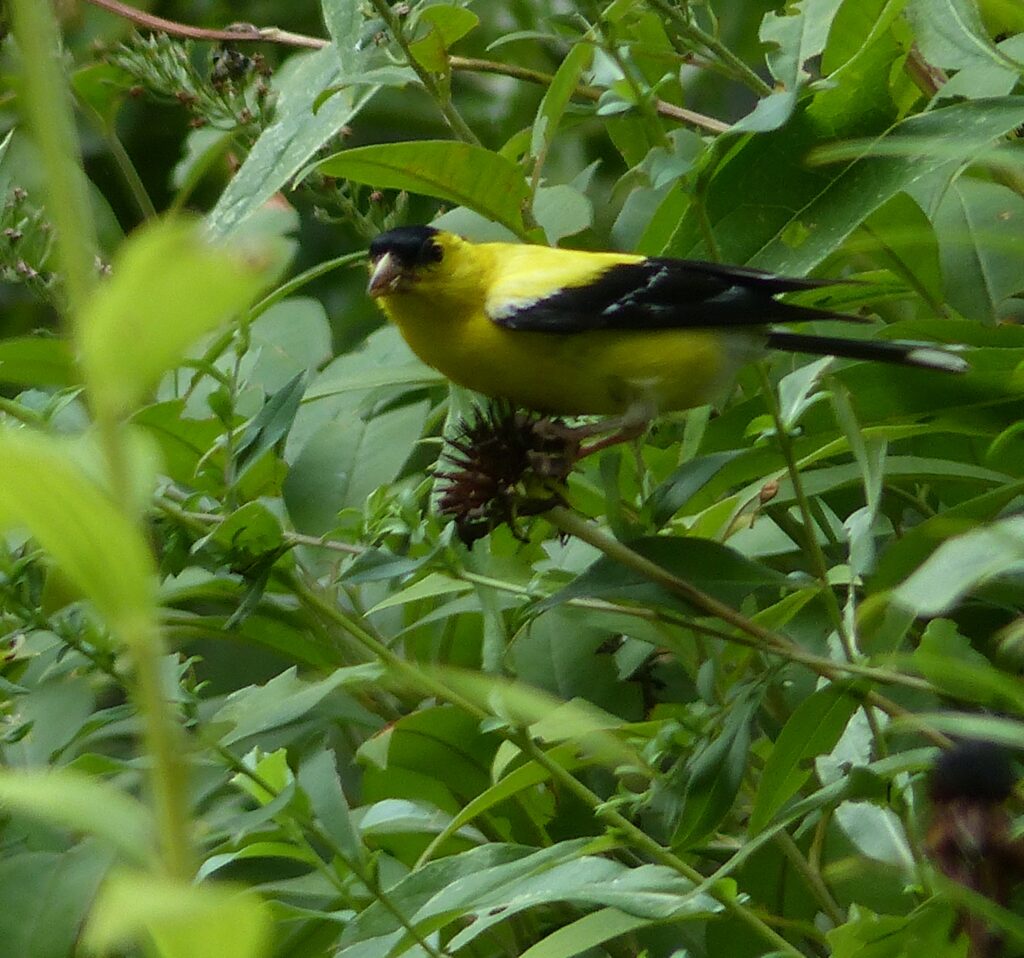
The question of size offers several possibilities as well. Birds are graded along a spectrum with seven options: sparrow-size, between sparrow and robin, robin-sized, between robin and crow, crow-sized, between crow and goose and finally goose-sized. Not being completely certain about its size either, I checked various possibilities. Under sparrow-sized birds there were fifteen option listed for the Bronx. Species between sparrow and robin size also numbered 15. There were twelve robin-sized birds and fifteen listed between robin-sized and crow-sized. While there was some overlap of species, pictures and size alone could not help me make a determination.
Ah, but finding the correct vocalization would make me confident of the identification.
Birds have a lot to sing about
Note that birds have two types of vocalizations, songs and calls. Birds do sing songs. They are called songs because they are longer and more complex than calls. This seems more to be the province of males and make sense that they are related to breeding and territory marking. Calls tend to be shorter and seem to relay immediate information such as an alarm.
Mystery Solved
With my list of sparrow-sized birds and those between sparrow and robin which had, at least some yellow plumage, I started listening to the vocalizations. In the end, when I heard the call recorded for the Yellow Warbler , I felt confident that I had found our bird (listen to the Northern call from Maryland). My husband confirmed my conclusion. Later checking e-bird , I confirmed that another Yellow Warbler had been sighted in the Bronx on that date, although it was at Pelham Bay Park.
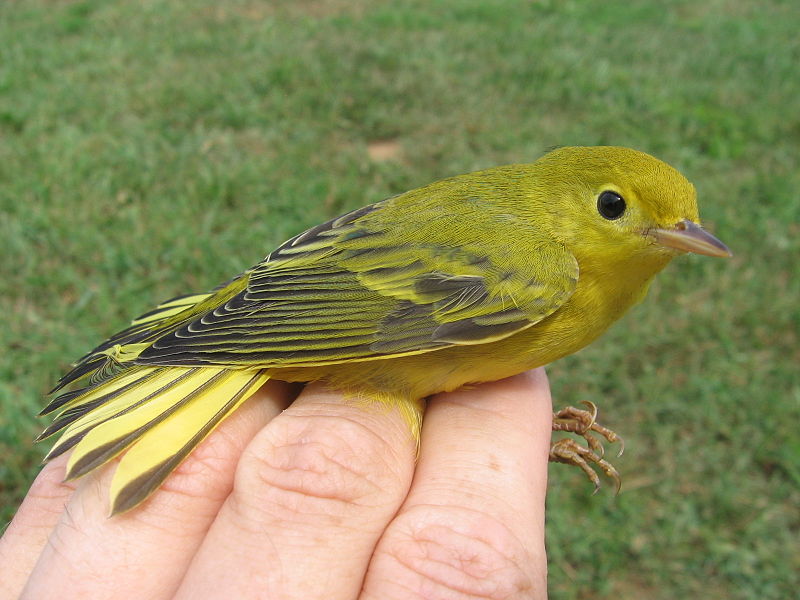
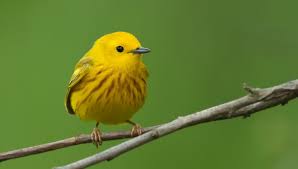
Further Details About our Mystery bird
So what do Yellow Warblers do when they are not hanging around the Bronx?
Migrating birds tend eat insects which are unavailable during the cold months. These warblers eat midges, caterpillars, beetles, wasps and other insects directly off the branch or while hovering to reach a desired bug.
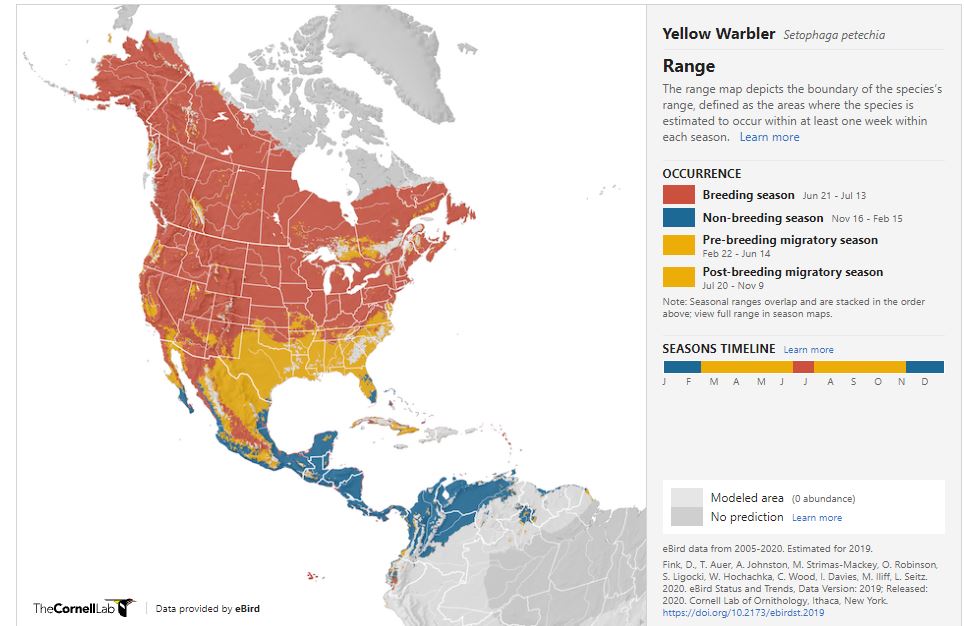
During the winter months (Nov 16-Feb 16) they are sunning themselves in northwestern South America (think Venezuela) or Central America. From Feb 22 through June 14th, they are moving north into our southern tier states – Texas, Louisiana, Alabama, Florida – and then spreading north, east and west to ranges covering the entire United States and Canada.
Breeding takes place between June 21st and July 13th and there is a post-breeding period from July 21st through Nov. 9th as they start moving south again.
The cup-shaped nest take approximately four days to build. The outer structure is made of grass, strips of bark and other plant materials as well as spider webs. The inside is cushioned with deer hair, feathers and various plant fibers. Inside the nest, the female will lay between 3 – 6 eggs which are speckled on a greenish-white background and incubates them for 11 to 12 days.
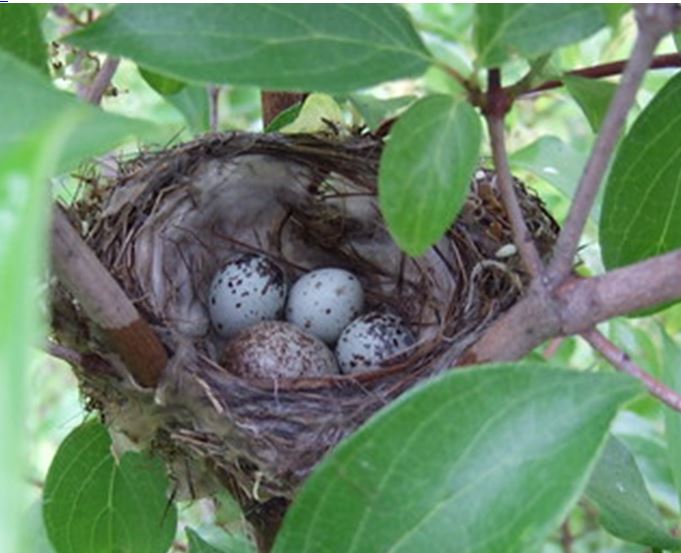
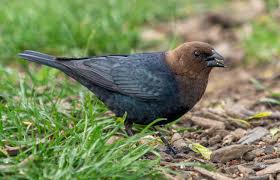
The birds have a fair number of worries from other birds and animals. The brown-headed cowbird will frequently lay her eggs in a nest of a Yellow Warbler. The warbler will then lay another layer of nest on top of the gray catbird eggs and lay more eggs of her own. This can go on repeatedly resulting in multiple levels. The monogamous pair also have to guard against active predators such as raccoons, skunks, jays and crows as well as squirrels and cats. The young fly away between 9-12 days after hatching.
App to Identify Birds Seen & Merely Heard
There are already a number of apps which help identify birds based on a sighting. The most exciting new app that I recently learned about is the Merlin ID . In addition to identification based on a sighting, you can record a singing bird which is out of sight and the app offers an identification. I have used it successfully to identify birds singing in my trees but hidden by the leaves.
Because Yellow Warblers are insectivorous, they do not come to backyard feeders such as my own and I did not know they lived in the neighborhood. I look forward to seeing the bird on some future foray through a wooded area.
If you have enjoyed this piece, you can see more of my work in my book A Habit of Seeing: Journeys in Natural Science.
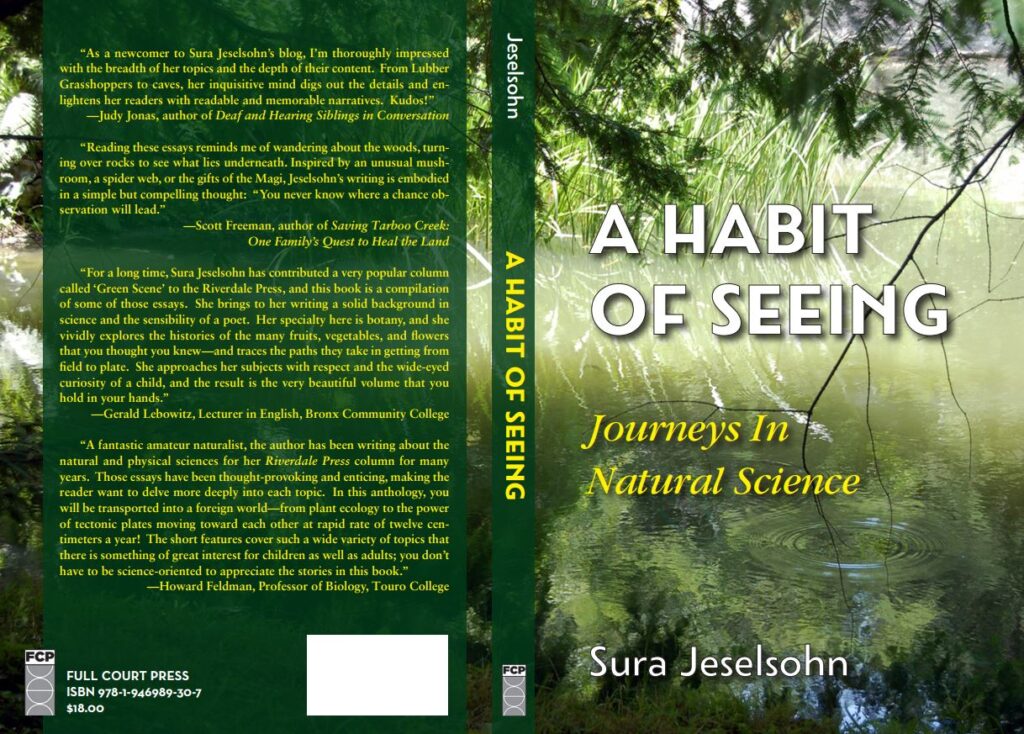
Lovely story! And what a beautiful bird.
Thank you so much. The wonders of “Hashem”. All the best, Esther
Yes, Merlin is the best app for figuring out which species of bird you are seeing and/or hearing. Merlin was developed by the Ornithology Dept. of Cornell University. During my undergraduate years I went on many bird walks with Ornithology Professors there. Those were wonderful times.
Teatown Reservation in Ossining offers many good bird walks, right here in Westchester County.
I was never interested in bird watching but your natural science piece whet my appetite. Thank you for opening up a new way to wonder about our world.